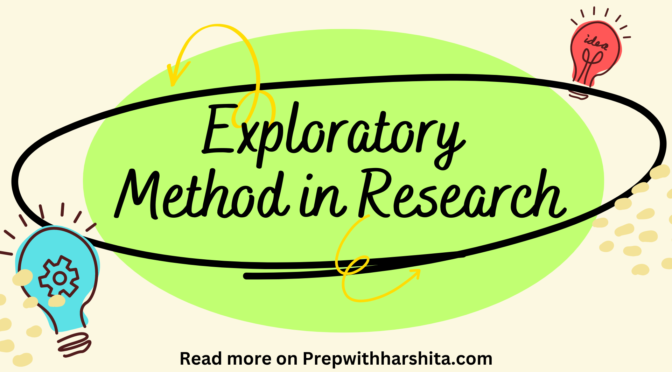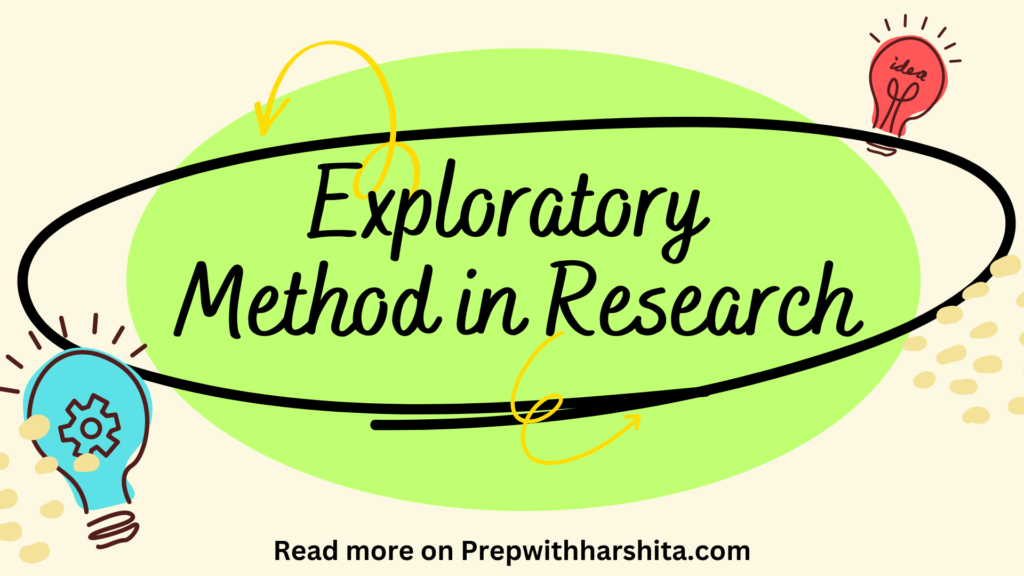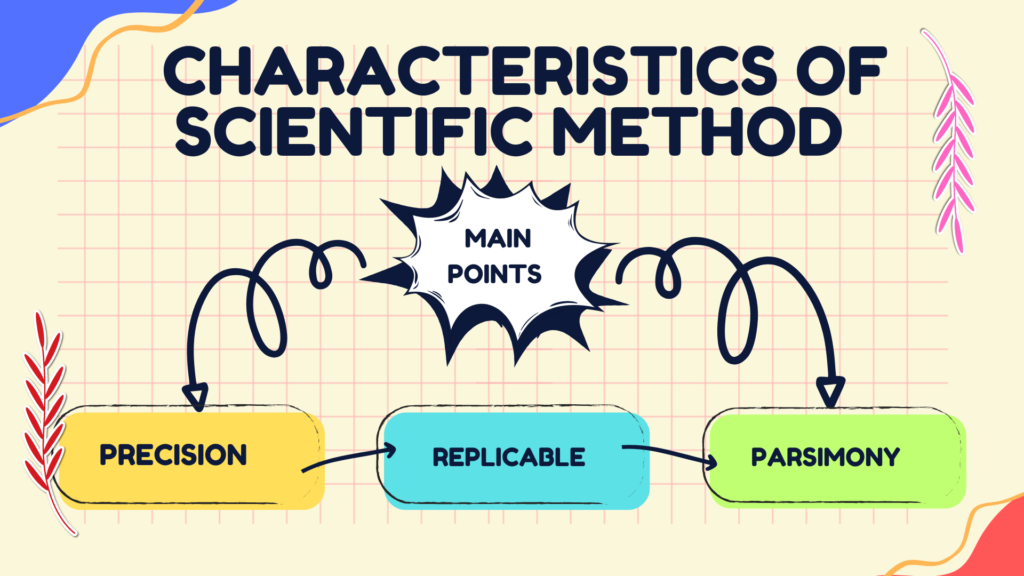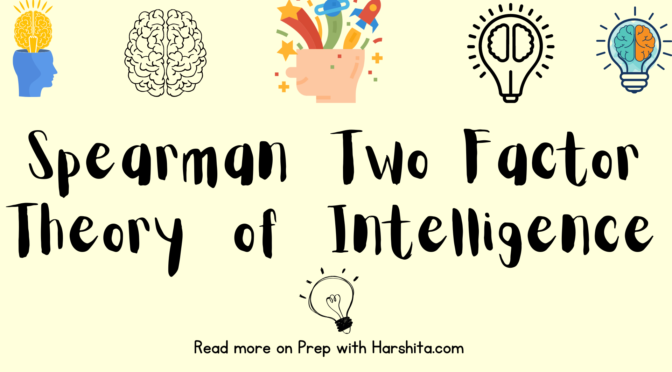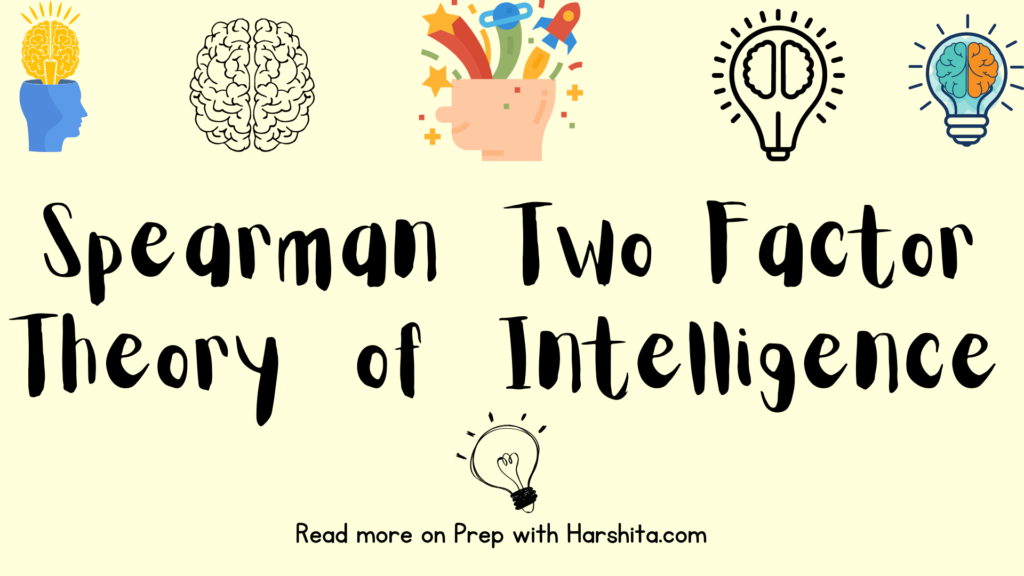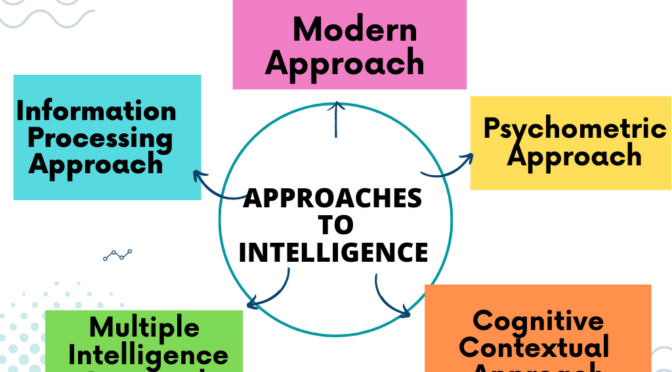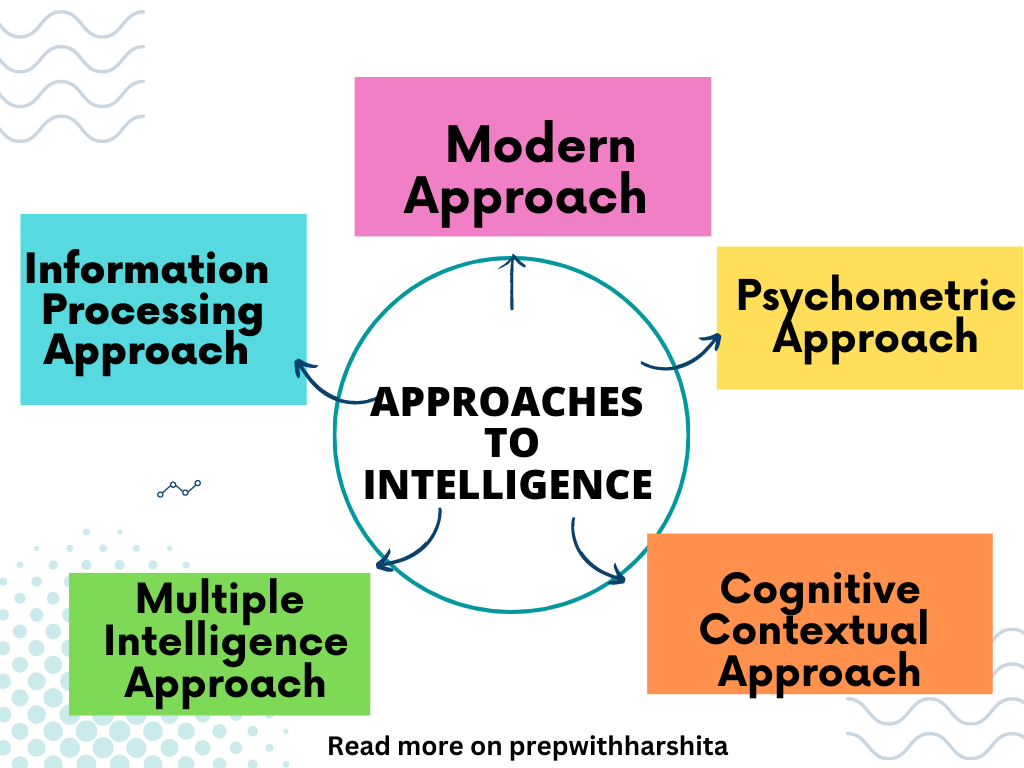The descriptive method is a research method used to describe or document a phenomenon or behavior. This method involves observing and documenting the characteristics and features of a particular group or population without attempting to explain or establish causality.
Descriptive research is often used in the early stages of research when little is known about a particular phenomenon or behavior. It is also used when a researcher wants to gain a deeper understanding of a particular group or population. The data collected in descriptive research can be qualitative or quantitative, or a combination of both.
There are several techniques used in descriptive research, including:
- Observational research: This involves observing and recording behaviors or characteristics of a group or population in their natural setting.
- Case studies: This involves conducting an in-depth investigation of a single individual or group in order to describe their experiences, behaviors, and characteristics.
- Surveys: This involves collecting data from a large number of individuals through questionnaires, interviews, or other forms of self-report.
- Archival research: This involves analyzing pre-existing data or documents, such as historical records or public records.
- Cross-sectional studies: This involves collecting data at a single point in time from different groups or populations.
Descriptive research can be useful in a variety of fields, including psychology, sociology, and marketing. It can help researchers gain a better understanding of a particular group or population, identify patterns or trends, and generate new hypotheses for future research. However, descriptive research is limited in its ability to establish causality or determine the underlying causes of a particular behavior or phenomenon.

Also Visit : Prep with Harshita


